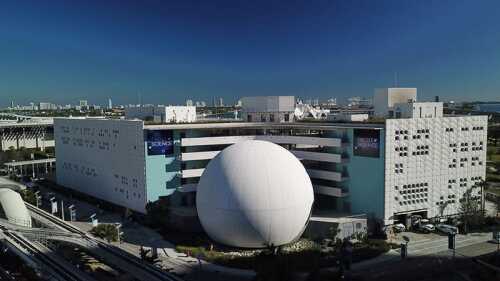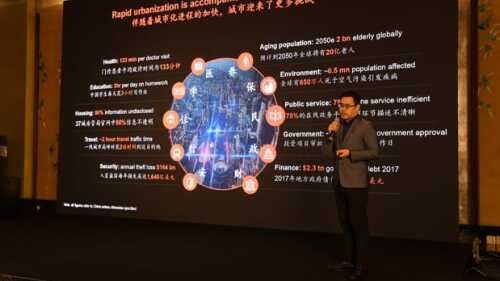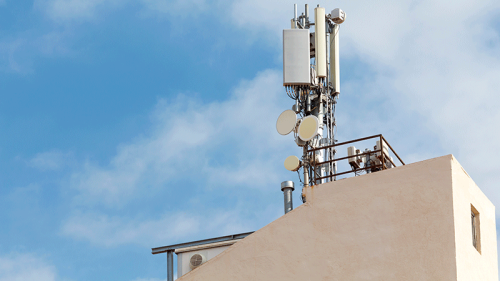On any given morning, will your workplace be unreachable because a power failure rendered the doorway security system inoperable? And if so, would it mean a wasted day of business, or would your clients, tenants, or employees take their smartphones and iPads to the nearest coffee house and carry on with their day? That scenario illustrates much of what we’re talking about in this issue: the rapid evolution of our workplaces, driven by changing ways of working—and changing ways of looking at sustainability.
The change in work styles—and workplaces—is not simply a matter of pandering to the whims of tattooed millennials writing computer code at odd hours. Business owners notice the unused desk space—for which they pay dearly—that remains when their workers telecommute. They are growing accustomed to 9 p.m. conference calls with clients in Asia, conducted at home via Skype. And they notice when employees or tenants jump ship to a workplace that better meets their needs and professional image. These demands are spurring developers to create workplaces that use space more efficiently and maximize the opportunity for workers to collaborate and brainstorm—say, at the office’s own coffee shop. My favorite creative workplace feature is highlighted in this issue’s ULX feature: the tubular slide that connects two floors of the product-development facility for toy manufacturer LEGO in Billund, Denmark. If a quick run down the slide doesn’t foster creative thinking, I don’t know what will.
Those outside the health care business don’t often think of hospitals and related facilities as workplaces, but they surely are. In Cleveland, for example, the two largest employers are the Cleveland Clinic and University Hospitals of Cleveland. As the health care delivery system changes, the thinking about such facilities is also changing—rapidly—including about the need to connect such facilities to the broader community. Alicia Wachtel writes about California health care facilities that are trying to bring care closer to the consumer, integrating research laboratories, outpatient clinics, rehabilitation facilities, and even hotels and retail shops with hospitals on health care campuses.
Another market demand—sustainability—is taking on new dimensions. New standards for green design are vying for attention among owners, developers, and tenants. And increasingly market players want to see evidence that highly rated buildings actually achieve performance targets. It’s a matter of corporate image and bottom-line savings. If you’re running a high-performance company, you want high-performance space. That may eventually mean not only buildings that conserve energy, but also structures that produce their own kilowatts, or that have multiple backup systems so that an afternoon thunderstorm (or natural disaster or act of terrorism) doesn’t knock the company’s web-based operations offline—or leave its employees locked out of the building.




